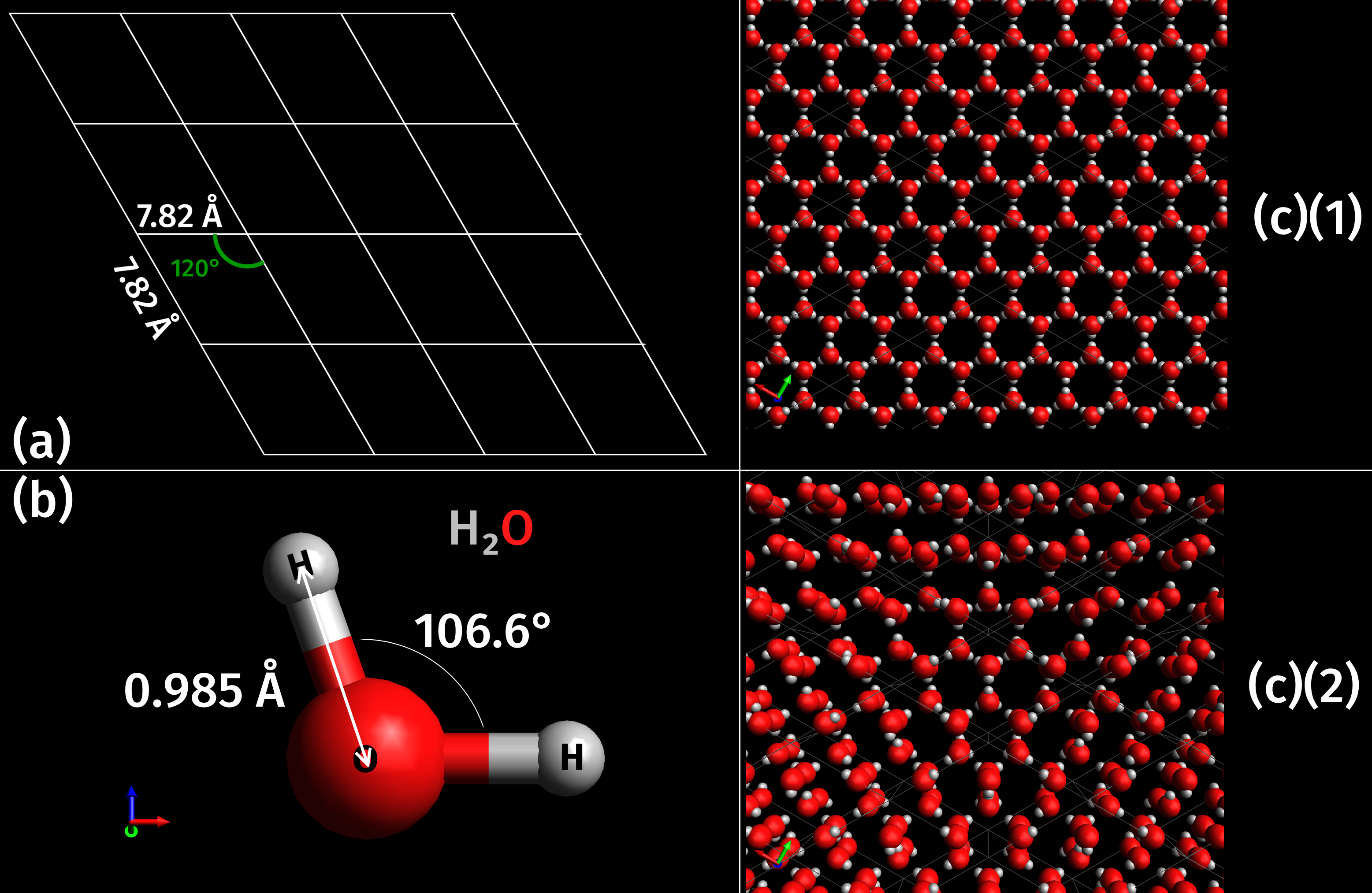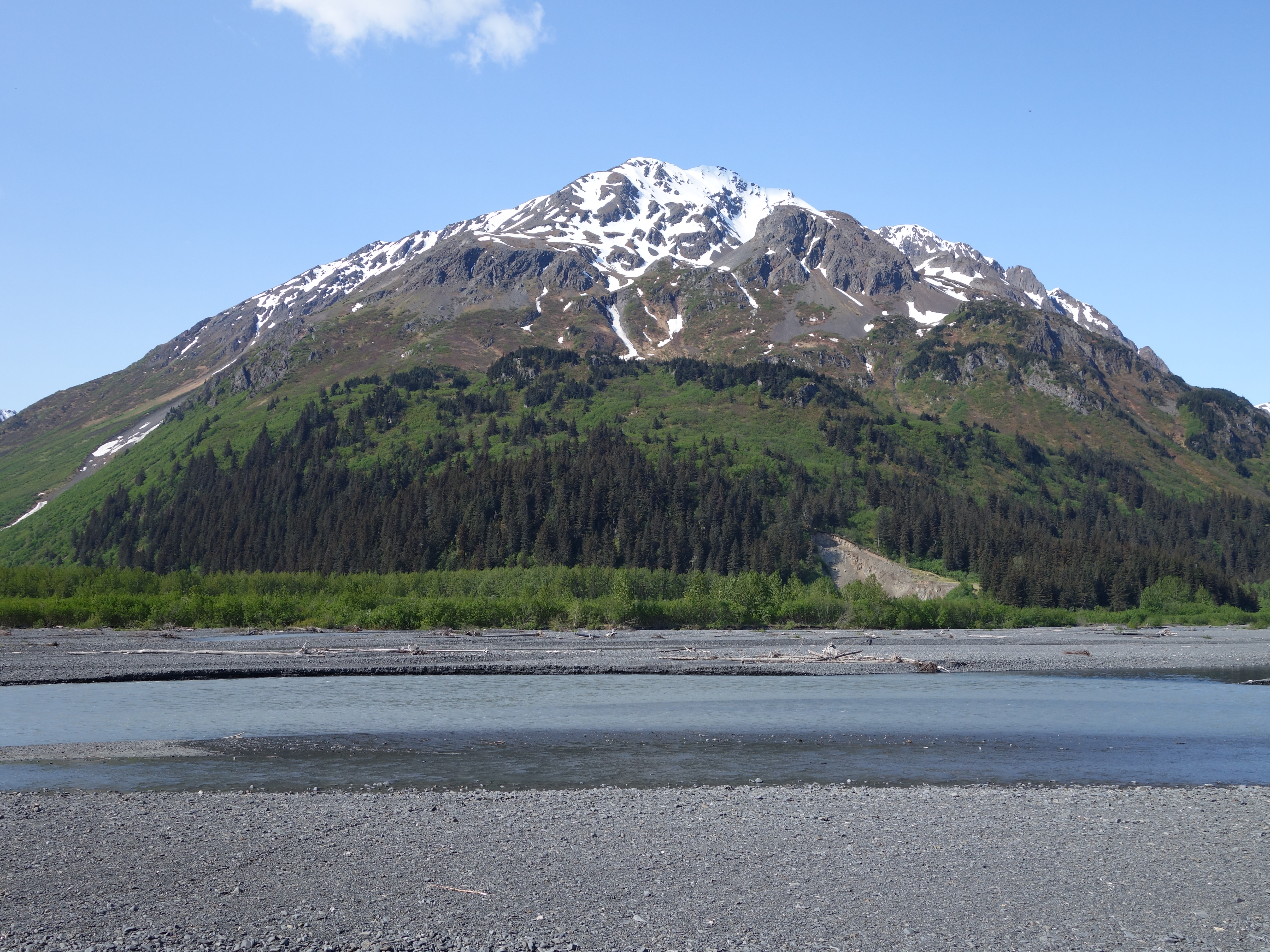|
Harding Icefield
The Harding Icefield is an expansive icefield located in the Kenai Mountains of the Kenai Peninsula in Alaska. It is also partially located in Kenai Fjords National Park. It is named for U.S. President Warren G. Harding. Geography The Harding Icefield is over 700 square miles (1813 km2) in its entirety (although, if one were to count its glaciers which descend from the icefield in all directions, the icefield measures in at over 1,100 square miles (2,849 km2) The icefield spawns up to 40 glaciers of all types. Some of the more notable glaciers include the Tustumena Glacier, Exit Glacier, and McCarty Glacier. The Exit Glacier, however, is the most accessible of the glaciers being reached by a spur road off of the Seward Highway. The icefield is also one of four remaining icefields in the United States and is the largest contained entirely within the United States. The icefield itself receives over 400 inches of snow each year. Climate There is a Remote Auto ... [...More Info...] [...Related Items...] OR: [Wikipedia] [Google] [Baidu] |
RAWS
The Remote Automatic Weather Stations (RAWS) system is a network of automated weather stations run by the U.S. Forest Service (USFS) and Bureau of Land Management (BLM) and monitored by the National Interagency Fire Center (NIFC), mainly to observe potential wildfire conditions. Unlike the automated airport weather stations which are located at significant airports, RAWS stations are often located in remote areas, particularly in national forests. Because of this, they usually are not connected to the electrical grid, but rather have their own solar panels, and a battery to store power for overnight reporting. Some instead run on a generator. In both cases, data important to operating the station itself, such as battery voltage or fuel level, is often included in the hourly reports. Also because of the remote locations, most communicate with a radio connection to a GOES satellite. In this regard, they are similar to mesonets and may be mesonets if the distance between statio ... [...More Info...] [...Related Items...] OR: [Wikipedia] [Google] [Baidu] |
Ice Fields Of Alaska
Ice is water that is freezing, frozen into a solid state, typically forming at or below temperatures of 0 °Celsius, C, 32 °Fahrenheit, F, or 273.15 Kelvin, K. It occurs naturally on Earth, on other planets, in Oort cloud objects, and as interstellar ice. As a naturally occurring crystalline inorganic solid with an ordered structure, ice is considered to be a mineral. Depending on the presence of Impurity, impurities such as particles of soil or bubbles of air, it can appear transparent or a more or less Opacity (optics), opaque bluish-white color. Virtually all of the ice on Earth is of a Hexagonal crystal system, hexagonal Crystal structure, crystalline structure denoted as ''ice Ih'' (spoken as "ice one h"). Depending on temperature and pressure, at least nineteen phases of ice, phases (Sphere packing, packing geometries) can exist. The most common phase transition to ice Ih occurs when liquid water is cooled below (, ) at standard atmospheric pressure. When water is coo ... [...More Info...] [...Related Items...] OR: [Wikipedia] [Google] [Baidu] |
List Of Glaciers
A glacier ( ) or () is a persistent body of dense ice that is constantly moving under its own weight; it forms where the accumulation of snow exceeds its ablation (melting and sublimation) over many years, often centuries. Glaciers slowly deform and flow due to stresses induced by their weight, creating crevasses, seracs, and other distinguishing features. Because glacial mass is affected by long-term climate changes, e.g., precipitation, mean temperature, and cloud cover, glacial mass changes are considered among the most sensitive indicators of climate change. There are about 198,000 to 200,000 glaciers in the world. Catalogs of glaciers include:World Glacier Inventory* World Glacier Monitoring ServiceGlobal Land Ice Measurements from Space (GLIMS) Glacier Database Glaciers by continent
|
Alaska Mountain Wilderness Classic
The Alaska Mountain Wilderness Classic (sometimes called the Alaska Wilderness Classic) is an adventure challenge that espouses purity of style and zero impact. Started in 1982 as a wilderness traverse, the Classic has crossed various mountain ranges throughout Alaska with some routes covering nearly . Traditionally, the same route has been used for three years in a row, with each year being a different month (June, July, or August). The rules are simple: start to finish with no outside support, requiring that participants carry all food and equipment; human-powered; leave no trace; and rescue is up to the individual to resolve. The most common form of transportation is by foot and packraft, although bicycles, skis, and paragliders have been used by intrepid participants. Beginning in 2004, participants have been required to carry satellite phones or Satellite emergency notification device like the Garmin inReach to facilitate emergency rescues. The organization of the challenge ... [...More Info...] [...Related Items...] OR: [Wikipedia] [Google] [Baidu] |
Grace Hoeman
Grace Jansen Hoeman (1921– April 12, 1971) was an American mountaineer and pioneering female mountain climber. A doctor, she made a number of first ascents in Alaska. Hoeman led the first all-female expedition to Denali in 1970. She died in an avalanche while climbing Eklutna Glacier in Alaska. Biography Grace Nieman was born in Silver Beach, Washington. At age 4, she moved to Holland with her Dutch mother, Juul. Her stepfather taught her to ski when she was 9. In 1942, she moved to Berlin to attend school and married a doctor who was conscripted to serve as a medic; he was killed in combat two years after they married. In 1944, she earned a bachelors of medicine degree from the Humboldt University of Berlin, University of Berlin. In Berlin, she trained in surgery and gynecology. After completing her studies, she survived myocarditis and tuberculosis. In 1948 she earned her doctorate in medicine from University of Utrecht. Return to the United States In 1950, Jansen re ... [...More Info...] [...Related Items...] OR: [Wikipedia] [Google] [Baidu] |
Resurrection River
The Resurrection River is a large river on the Kenai Peninsula in Alaska. It rises near Upper Russian Lake in the Kenai Mountains and flows to empty into Resurrection Bay near Seward. Part of the river passes through Kenai Fjords National Park. There has been small-scale placer mining for gold at the confluence of the river and Placer Creek. Fishing Fishing for salmon is permitted in the lower Resurrection River. The river and bay it drains into have a very productive silver salmon fishery which peaks in August. Other notable fisheries in the river include minor runs of Chinook salmon and Sockeye salmon The sockeye salmon (''Oncorhynchus nerka''), also called red salmon, kokanee salmon, blueback salmon, or simply sockeye, is an anadromous species of salmon found in the Northern Pacific Ocean and rivers discharging into it. This species is a .... References Rivers of Kenai Peninsula Borough, Alaska Rivers of Alaska {{Alaska-river-stub ... [...More Info...] [...Related Items...] OR: [Wikipedia] [Google] [Baidu] |
Homer, Alaska
Homer (Denaʼina language, Dena'ina: ''Tuggeght'') is a City (Alaska), city in Kenai Peninsula Borough, Alaska, Kenai Peninsula Borough in the U.S. state of Alaska. It is southwest of Anchorage, Alaska, Anchorage. According to the 2020 United States census, 2020 census, the population is 5,522, up from 5,003 in 2010. Long known as the "Halibut Fishing Capital of the World", Homer is also nicknamed "the end of the road", and more recently, "the cosmic hamlet by the sea". Geography Homer is located at 59°38'35" North, 151°31'33" West (59.643059, −151.525900). The only road into Homer is the Sterling Highway. The town has a total area of , of which are land and are covered by water. Homer is on the shore of Kachemak Bay on the southwest side of the Kenai Peninsula. Its distinguishing feature is the Homer Spit, a narrow long spit (landform), gravel bar that extends into the bay, on which is located the Homer Harbor. Much of the coastline, as well as the Homer Spit, s ... [...More Info...] [...Related Items...] OR: [Wikipedia] [Google] [Baidu] |
Kachemak Bay
Kachemak Bay ( Dena'ina: ''Tika Kaq’'') is a 40-mi-long (64 km) arm of Cook Inlet in the U.S. state of Alaska, located on the southwest side of the Kenai Peninsula. The communities of Homer, Halibut Cove, Seldovia, Nanwalek, Port Graham, and Kachemak City are on the bay as well as three Old Believer settlements in the Fox River area, Voznesenka, Kachemak Selo, and Razdolna. One interpretation of the word "Kachemak" is "Smokey Bay" which supposedly is from an Alutiiq word describing the smoldering coal seams that used to fill the bay with smoke. Features Kachemak Bay is home to Alaska's only state wilderness park, Kachemak Bay State Park. Kachemak Bay State park was the first state park in Alaska. There is no road access to most of the park; visitors must arrive by airplane or boat. left, A juvenile bald eagle (at top of the photo) is hunting at a Gull Island bird rookery. In the foreground are visitors observing seabirds. May 2011 Kachemak Bay is also home t ... [...More Info...] [...Related Items...] OR: [Wikipedia] [Google] [Baidu] |
Yule Kilcher
Yule Forenorth Kilcher (born Julius Jacob Kilcher; March 9, 1913 – December 8, 1998) was a Swiss-born American homesteader who was a member of the Alaska state senate from 1963 to 1966. He moved from Switzerland to Alaska in 1936 where he then lived permanently, after returning to Switzerland for a short time in 1939, outside of Homer, Alaska. Life Yule Kilcher was born Julius Jacob Kilcher (the first name is sometimes given as Jules) on March 9, 1913, in Laufen, Switzerland, which was then in the canton of Bern (now in the canton of Basel-Landschaft), to Edwin Kilcher and Lina Kilcher (née Alter). His place of origin was Nunningen in the canton of Solothurn. He grew up with four siblings in Zuchwil near the canton's capital, Solothurn. After the matura at Kantonsschule Solothurn, he studied comparative philology and archeology in Berlin, Bern, Grenoble, and Aix-en-Provence. In an autobiography he sent in 1963 to the newspaper ''Solothurner Zeitung'', Kilcher wrote that he ... [...More Info...] [...Related Items...] OR: [Wikipedia] [Google] [Baidu] |
Seward, Alaska
Seward (Alutiiq language, Alutiiq: ; Denaʼina language, Dena'ina: ''Tl'ubugh'') is an incorporated home rule city in Alaska, United States. Located on Resurrection Bay, a fjord of the Gulf of Alaska on the Kenai Peninsula, Seward is situated on Alaska's southern coast, approximately by road from Alaska's largest city, Anchorage, Alaska, Anchorage. With a population of 2,717 people as of the 2020 United States census, 2020 census, Seward is the fourth-largest city in the Kenai Peninsula Borough, Alaska, Kenai Peninsula Borough, behind Kenai, Alaska, Kenai, Homer, Alaska, Homer, and the borough seat of Soldotna, Alaska, Soldotna. The city is named for former United States Secretary of State William H. Seward, who orchestrated the United States' Alaska Purchase, purchase of Alaska from the Russian Empire in 1867 while serving in this position as part of President Andrew Johnson's administration. Seward is the southern terminus of the Alaska Railroad and the historic starting p ... [...More Info...] [...Related Items...] OR: [Wikipedia] [Google] [Baidu] |
Alpine Climate
Alpine climate is the typical climate for elevations above the tree line, where trees fail to grow due to cold. This climate is also referred to as a mountain climate or highland climate. Definition There are multiple definitions of alpine climate. In the Köppen climate classification, the alpine and mountain climates are part of group ''E'', along with the polar climate, where no month has a mean temperature higher than . According to the Holdridge life zone system, there are two mountain climates which prevent tree growth : a) the alpine climate, which occurs when the mean biotemperature of a location is between . The alpine climate in Holdridge system is roughly equivalent to the warmest tundra climates (ET) in the Köppen system. b) the alvar climate, the coldest mountain climate since the biotemperature is between 0 °C and 1.5 °C (biotemperature can never be below 0 °C). It corresponds more or less to the coldest tundra climates and to the ice cap cli ... [...More Info...] [...Related Items...] OR: [Wikipedia] [Google] [Baidu] |





